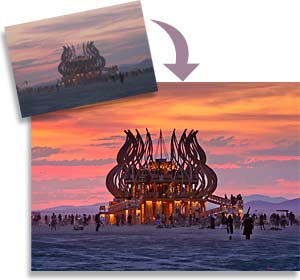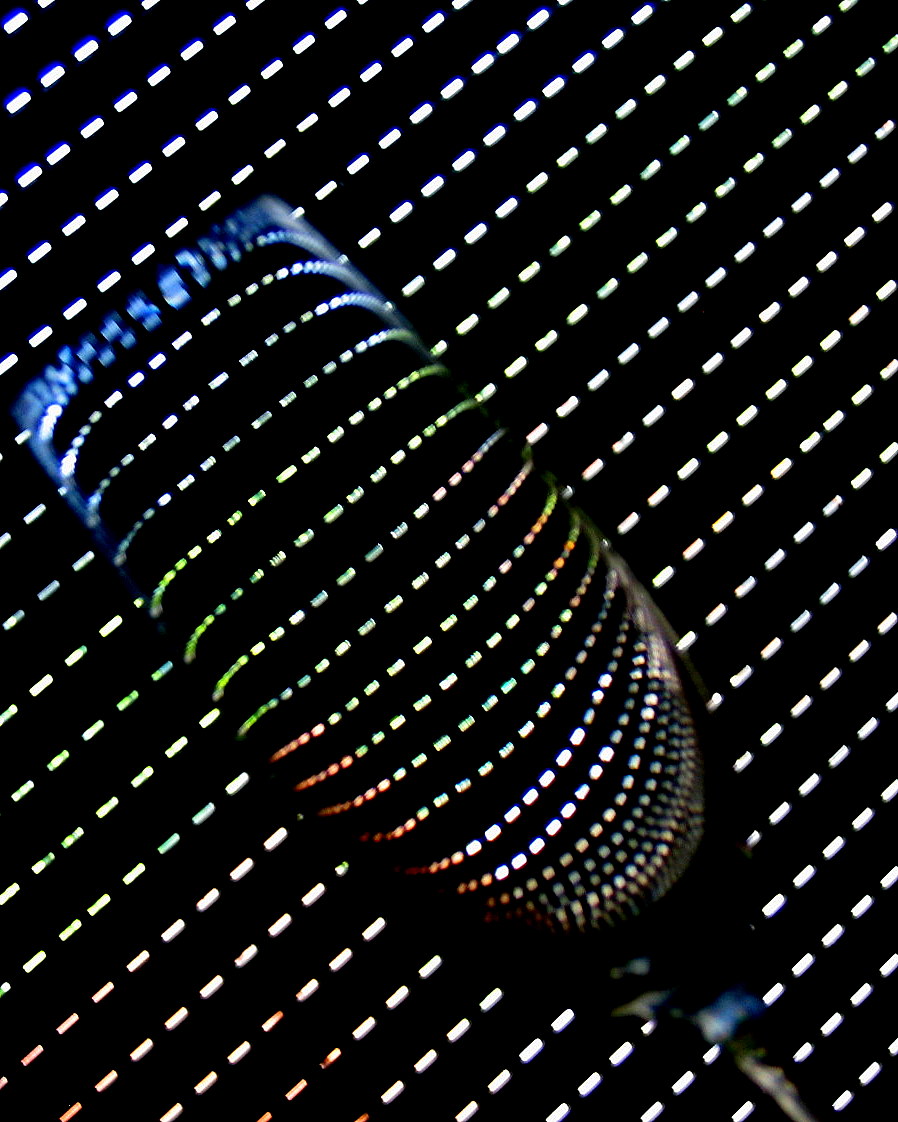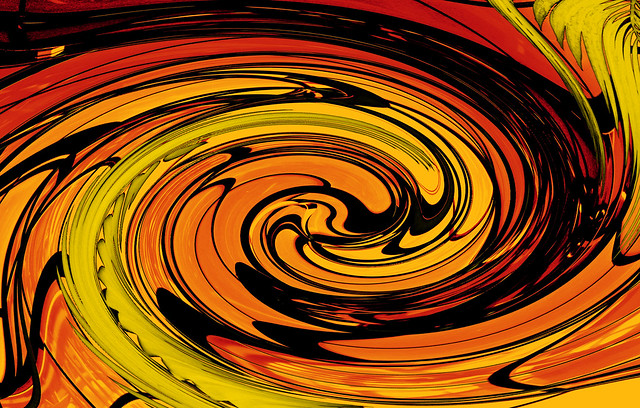Composition
I've created a page here to group all my posts related to composition in one place. Unlike the exposure guide, this section is less dependent on the order you go through the posts. I'd recommend reading my introductory posts on composition first to orient you on how I'm covering the rest of the material, but I've arranged these posts topically under different aspects of what I'm loosely calling composition.
Introduction
Composition--Introduces the basic concepts related to exposure: design, color, and focus.
Simplicity--Keep your composition simple.
Styles of Composition--we can think of composition as a continuum between two poles, based on the relationship between the foreground and background.
Visual Elements of Composition--learning to see a photograph when looking at a scene.
Design
Arrangement--Compositional design begins with your arrangement of visual elements.
Balance--How is it that in some photographs all the elements just seem like they're in the right place?
Rule of Thirds, Part 1: Spaces--Here I introduce the concept of the rule of thirds and consider the spaces created by the grid.
Rule of Thirds, Part 2: Lines--Here I continue discussing the concept of the rule of thirds and consider the lines of the grid.
Rule of Thirds, Part 3: Points--Here I consider the points of intersection on the rule of thirds grid.
Rule of Thirds, Part 4: Breaking It--Here I look at good reasons to break the rule of thirds.
Lines--Here I consider the value of using lines to help compose your images.
Curves--Here I consider the value of designing compositions using curves.
Repetition--The value of repetition in your composition. The value of repetition in your composition.
Radial Patterns--The value of radial patterns, such as those found in flowers, in composition.
Framing--Setting depth or context for your photographs with framing.
Abstract Compositions--throw caution to the wind and go abstract.
Multiple Exposures--Film SLRs and some DSLRs
Texture--Making use of various textures in your compositions.
Horizons--How to keep the horizon level in your landscape photos.
Color
Color or B&W--How to decide when to choose one over the other.
Basic Color Theory--learning to arrange colors in your compositions.
Getting the Most out of B&W.
Monochromatic Compositions--composing images using just one color.
Warm and Cool Compositions--learning to make the most out of the color temperature of your images.
White Balance--setting your camera to account for the differences in the color of light so you can correctly display the colors in your photograph.
Focus
Depth of Field--learning how to control how much of your photograph will be in focus.
Angle of View--learning how your angle viewing the subject can affect focus and depth of field.
Shooting at Eye Level--learning to get your camera to eye level on portraits.
Sharpness--learning what makes for blurry photographs and how to correct for those problems.
Selecting Focus--choosing what you want in and out of focus.
Panning--get moving objects sharp and create motion blur in stationary objects.
Soft Focus--choosing to have most if not all of your photograph less than sharp.
check out these links here:
http://www.learnoutdoorphotography.com/p/composition-guide.html






















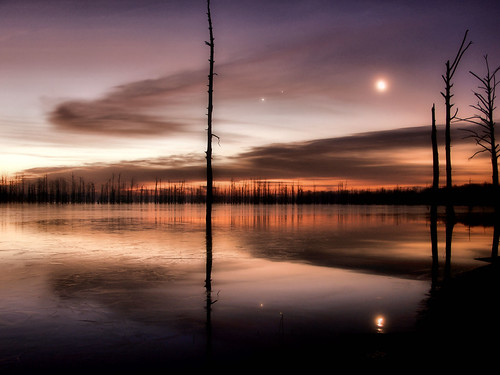
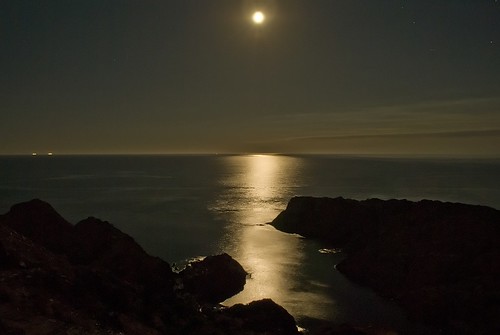
 Moonlit Ball by mickyg9, on Flickr
Moonlit Ball by mickyg9, on Flickr 
